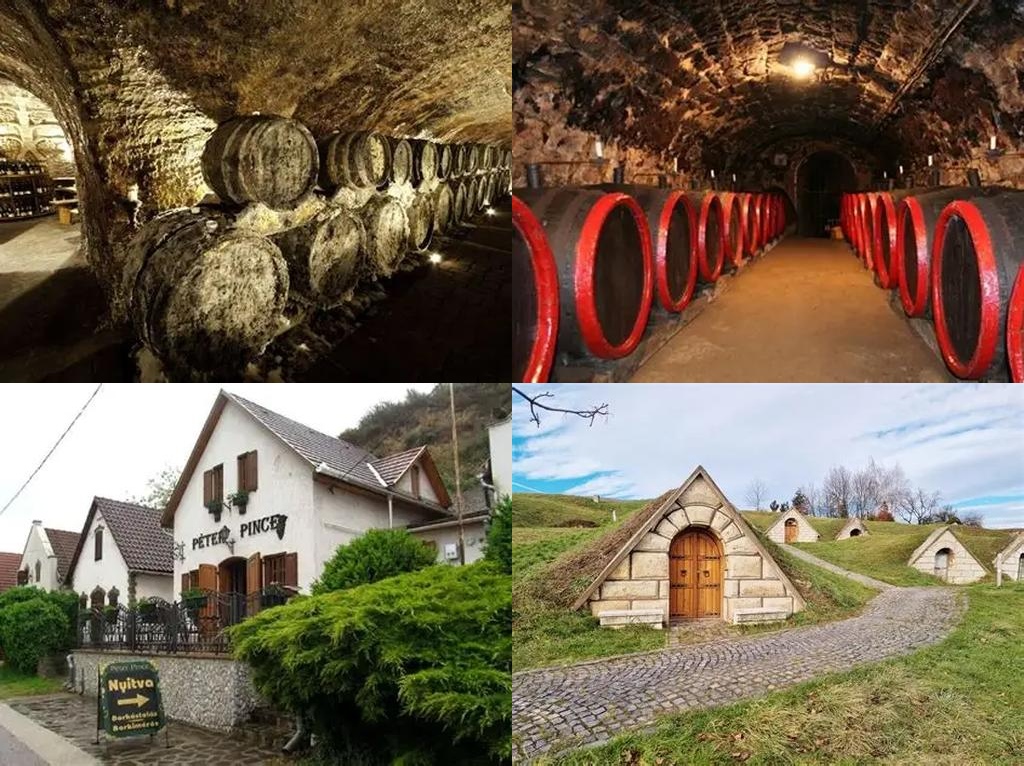
Tokaj isn’t just a picturesque Hungarian town nestled at the meeting point of the Bodrog and Tisza rivers; it is the cradle of one of Europe’s most fabled wine traditions. For centuries, seekers of exquisite flavors and those curious about the chemistry of terroir have descended on this region in northeastern Hungary. But, what makes the experience truly unforgettable isn’t just sipping the nectar-like Aszú wine above ground, but wandering into the mysterious, centuries-old Tokaji Pincék—the labyrinthine wine cellars carved deep into volcanic hillsides, thick with history and an aroma that whispers secrets of distant harvests.
To step into a Tokaji Pince, or wine cellar, is to step back in time—an act not much changed since the 16th century. The ancient townsfolk had a stroke of genius: they hollowed tunnels into the mineral-rich tuff stone hills, creating an ideal cradle for aging wine. This soft, porous rock doesn’t just keep temperatures consistently cool and humidity levels just right; it also fosters the growth of a friendly gray mold—Cladosporium cellare—that hugs the cellar walls like velvet coats, imparting a unique microclimate found only in Tokaj. You’d be surprised how much this unassuming mold influences the taste and style of the local wine.
Visiting Tokaj’s wine cellars is not about flashy tastings or Instagrammable decor, though you’ll find plenty to photograph. The real delight is in the unhurried ritual of descending beneath streets that had once seen marching Habsburg armies and the stately carriages of wine-loving nobility. Cellars sometimes stretch for miles beneath cities like Mád and Tarcal, and some belong to vintners whose roots go back centuries—think Disznókő, Groß Alex, or Szepsy István, names whispered with reverence among wine aficionados. Walking quietly amid barrel-lined tunnels, your footsteps echo, and your guide might hand you a glass of Tokaji Aszú, a golden wine once praised by Louis XIV of France as “the wine of kings, the king of wines.”
Each cellar exudes its own atmosphere. Some are dark and cold, lit by flickering antique lamps, where mineral scents mix with honey and apricot notes wafting from the barrels. Others have been lovingly restored and host candlelit tastings, where stories and laughter fill the air as thickly as the perfume of fermenting grapes. Ask your host about the year the cellar was dug, and you’ll hear tales from long before 1703, when Prince Francis II Rákóczi gifted bottles of Tokaji to Peter the Great of Russia. Local owners are never shy about recounting how their cellars survived invasions, confiscations, and nationalization, only to find new life in the era after 1989 when Hungary was transformed.
One of the region’s inexplicable joys is the difference between cellars. You might find yourself tasting a dry Furmint in one narrow, cobweb-fringed vault at the edge of Sárospatak, then making your way to a grand, 17th-century estate cellar in Erdőbénye where the walls hum with songs of old. Each cellar is a sort of living organism, adapting not just to its stone host but to the skill and personality of its winemakers. It is here you learn that Tokaji is not just a drink, but a culture—each labeled bottle is a tale of weather, patience, and alchemy.
Aside from wine, the Tokaji Pincék invite you to slow down and notice the passing of time. In these underground cathedrals, you’ll see blackened candelabra, ancient wooden presses, and sometimes faded tools left by generations of vintners. Some tours end with long tables set for a meal, where the food draws from the same volcanic soil and traditions as the wine itself. Over hearty goulash, tangy sheep cheese, and paper-thin slices of cured mangalica, strangers become friends, and there’s an honest joy in sharing a glass poured straight from the cask.
Let your curiosity lead you. The cellars of Tokaj are not merely places to taste great wine but reminders that some of the best discoveries in travel happen beneath the surface—both literal and figurative. Whether you’re here for a single afternoon or an extended sojourn, each sip and each echoing footstep beneath the earth tells a tale that stretches back into history, and lingers long after you leave the vaulted hush of the Tokaji Pincék.





